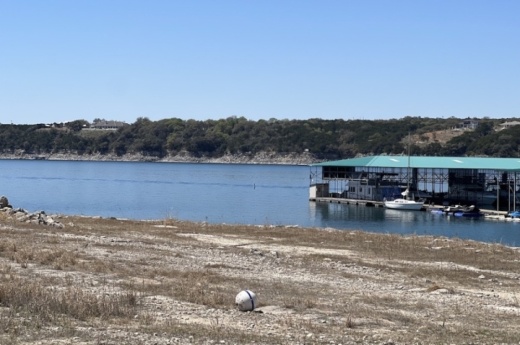In 2022, the United States saw La Niña conditions—a cooling period of sea surface temperatures across the Pacific that typically brings drier weather, according to the National Oceanic and Atmospheric Administration.
“By and large, there is just no question that for at least 9 out of 12 months last year, we did not have enough rain,” said Tim Loftus, general manager of the Barton Springs/Edwards Aquifer Conservation District.
By spring, NOAA anticipates a shift toward neutral conditions, which could ease dry conditions.
In January, Austin remained in Stage 1 drought restrictions, which were enacted after water levels at lakes Travis and Buchanan dropped below 1.4 million acre-feet in June. Stage 1 drought restrictions place limitations on water usage with a focus on reducing outdoor watering, said Teresa Lutes, Austin Water managing engineer in water resource planning.
The January forecast from the Lower Colorado River Authority, which manages the Highland Lakes and the lower Colorado River, shows lake levels will remain within or near Stage 1 levels for the first half of the year. The Barton Springs/Edwards Aquifer Conservation District entered Stage 3 Critical Drought Status in October. That status means there are water restrictions for the neighboring cities of Buda and Kyle, which receive water from the aquifer. Austin Water receives its water from the Colorado River; however, the aquifer feeds Barton Creek and other water sources that flow into the Colorado River, Loftus said.
Loftus said regardless of where the water comes from, consumers should conserve their usage.
“It really needs to be a lifelong philosophy, not just a condition during drought,” Loftus said.
He said individuals can make a difference by cutting back on usage, planting native plants or opting for zero-scape options, and harvesting rainwater if possible.
Austin Water is working to finish installing smart meters, which allow customers to get real-time data to monitor usage. The utility is also updating its Water Forward plan, which is a 100-year plan for managing water levels and demand. The inaugural plan was adopted in 2018, and Austin Water will finish the update by 2024.






